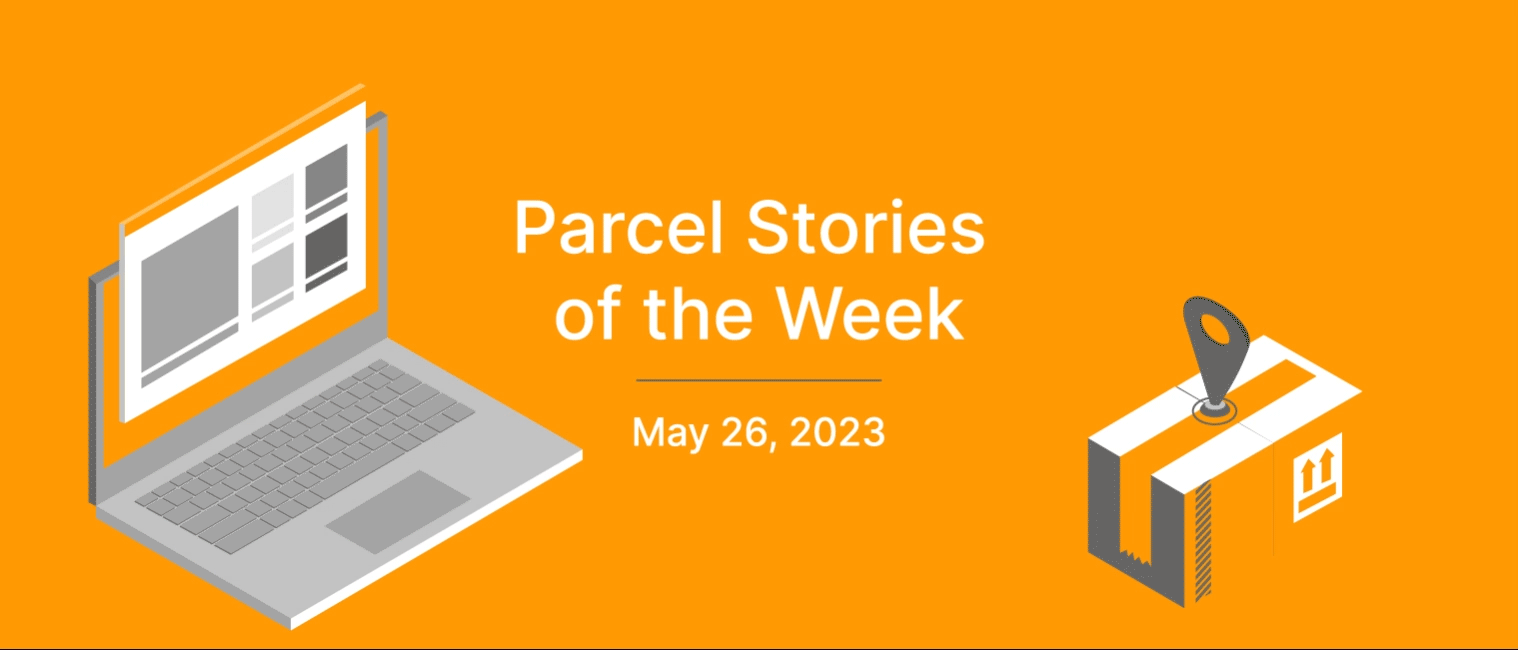This week in parcel, retailers in a post-pandemic economy work to manage high inventory levels. Because of this, demand forecasting and inventory management are more important than ever. But what are supply chain leaders turning to for help?
Focusing on efficiency, effectiveness, and consistency is one solution for retailers struggling to move products online, while AI could prevent supply chain leaders from overstocking.
As UPS and the Teamsters Union continue negotiations, consumers should monitor the progress and be prepared to adjust their buying habits.
AI is changing supply chain planning
Spreadsheets are still supply chain leaders’ primary planning tool. However, after a year where expectations did not match actual demand, companies are looking for new ways to analyze their data.
While some might turn to demand planning software, like Avercast, others are using artificial intelligence. In fact, nearly half of supply chain leaders have stated they plan to use AI and machine learning in some capacity for demand planning.
But for AI to work, the systems feeding it data matter more than ever. Data from enterprise systems, POS systems, and inventory levels are important for AI to give businesses the opportunity to go outside the box. Social media engagement or even store camera footage are other less conventional tools retailers can use in demand planning.
Learn more here.
Efficiency, effectiveness, and consistency are key for e-commerce success in 2023
An unacceptable delivery experience could strongly discourage a customer from buying from a company again. In one survey, 76% of respondents stated they are strongly or somewhat influenced by their delivery experience.
To avoid negative experiences for their customers, shippers need to create efficiencies in their shipping process, whether it’s packaging optimization or reducing the number of touches from pickup to drop-off.
Prioritizing effectiveness will also a customer’s delivery experience. Changing packaging, diversifying carrier usage, and evaluating delivery options are just a few ways to improve effectiveness.
Learn more here.
UPS work stoppage would force consumers to rethink schedules
Supply chain issues from the pandemic still linger, and a potential strike at UPS could extend this situation. As the Teamsters Union and UPS continue negotiations, the union has made it clear that if there is not a favorable deal by July 31, there will be a work stoppage. It would be the first work stoppage in the company in 25 years.
A work stoppage could force consumers who have grown reliant on timely shipments to rethink their schedules. UPS now ships millions more packages per day than it did in 2018 when the carrier and the Teamsters Union signed the current agreement.
Learn more here.
Last week in parcel
FedEx made changes to its online reporting, leaving shippers in the dark on key data. Supply chain issues continued to ease, but have retailers learned their lesson from overstocking? Teamsters reported gains in negotiations with UPS.
More here.


